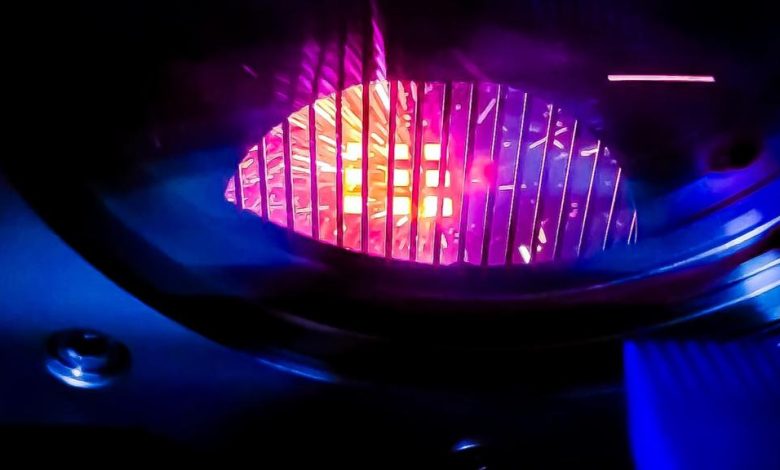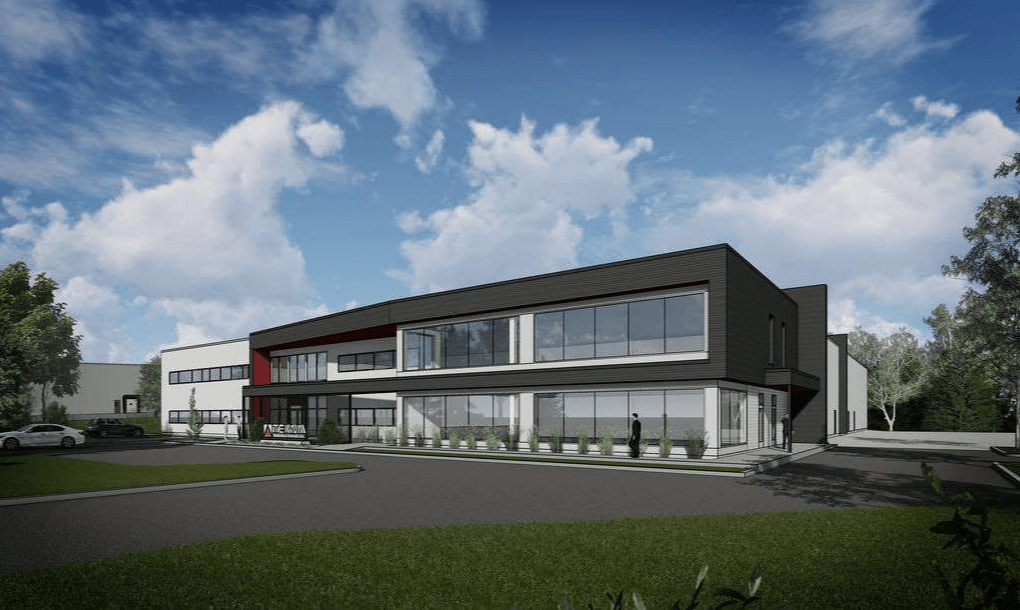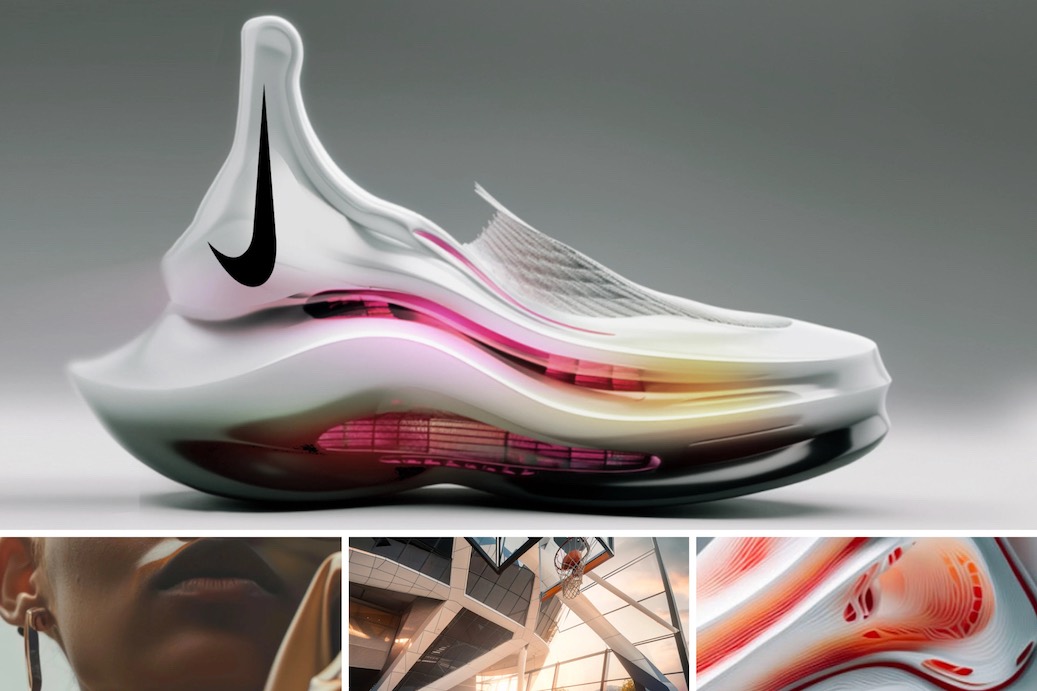Sovol SV08 Core-XY 3D Printer Voron 2.4 Open Source, 700mm/s High Speed 3D Printers with 300℃ Clog-Free Hotend & Camera, Auto Leveling with 4 Independent Z Motors, Large Print Size 13.8x13.8x13.6in
$569.00 (as of May 29, 2025 10:56 GMT +00:00 - More infoProduct prices and availability are accurate as of the date/time indicated and are subject to change. Any price and availability information displayed on [relevant Amazon Site(s), as applicable] at the time of purchase will apply to the purchase of this product.)Are You Ready to Witness a Revolution in Gas Turbine Engines?
The constant pursuit of innovation has led researchers at Oak Ridge National Laboratory (ORNL) and the National Energy Technology Laboratory to develop and 3D print the lightest crack-free alloy capable of operating without melting at temperatures above 2,400 degrees Fahrenheit (1,315°C). This groundbreaking achievement could enable additively manufactured turbine blades to better handle extreme temperatures, reducing the carbon footprint of gas turbine engines used in airplanes.

Buy Photon Mono M5 Get Free 1KG Resin
Understanding the Importance of High-Temperature Alloys
High-temperature alloys are crucial components in gas turbine engines, as they enable the engine to operate efficiently and reliably. However, these alloys are prone to cracking and melting at extreme temperatures, which can lead to engine failure and increased carbon emissions. Researchers have been working tirelessly to develop new materials that can withstand these high temperatures without compromising on weight or performance.
| Temperature (°F) | Current Superalloys | New Alloy |
|---|---|---|
| Up to 2,000 | No melting or cracking | No melting or cracking |
| 2,000 – 2,400 | Melting and cracking occur | No melting or cracking |
| Above 2,400 | Engine failure likely | Engine remains operational |
The new alloy developed by ORNL and the National Energy Technology Laboratory boasts a melting point that is at least 48% higher than previously developed superalloys of nickel and cobalt. This significant improvement in high-temperature performance makes the new alloy an attractive proposition for the development of more efficient and environmentally friendly gas turbine engines.
The Challenges of 3D Printing High-Temperature Alloys
3D printing high-temperature alloys poses several challenges, including the need for precise control over the printing process and the development of specialized printing materials. The researchers at ORNL used an electron beam melting process to print test parts for the novel alloy, which required careful fine-tuning to achieve the desired microstructure and properties.
| Printing Process | Challenges | Solutions |
|---|---|---|
| Electron Beam Melting | High energy input | Fine-tuning of printing parameters |
| Difficulty in achieving uniform microstructure | Development of specialized printing materials |
The successful development and 3D printing of the new alloy by ORNL and the National Energy Technology Laboratory paves the way for the creation of more efficient and environmentally friendly gas turbine engines. This breakthrough achievement has the potential to revolutionize the aerospace industry, enabling the development of lighter, more efficient engines that reduce carbon emissions and fuel consumption.

$30 off $400+ Anycubic Products with code AC30OFF
What Does This Mean for the Future of Aerospace?
The development of high-temperature alloys that can withstand extreme temperatures without compromising on weight or performance is a significant milestone in the quest for more efficient and environmentally friendly gas turbine engines. This breakthrough achievement has far-reaching implications for the aerospace industry, enabling the development of lighter, more efficient engines that reduce carbon emissions and fuel consumption.
Potential Applications in the Aerospace Industry
The new alloy developed by ORNL and the National Energy Technology Laboratory has the potential to be used in a wide range of aerospace applications, including:
| Application | Benefits |
|---|---|
| Gas turbine engines | Improved efficiency, reduced carbon emissions |
| Aerospace components | Reduced weight, improved performance |
| Heat exchangers | Improved heat transfer, reduced weight |
The Future of Additive Manufacturing in Aerospace
The successful development and 3D printing of the new alloy by ORNL and the National Energy Technology Laboratory demonstrates the potential of additive manufacturing in the aerospace industry. This technology has the potential to revolutionize the way aerospace components are designed and manufactured, enabling the creation of complex shapes and structures that cannot be produced using traditional manufacturing methods.
| Benefits of Additive Manufacturing | Aerospace Applications |
|---|---|
| Reduced weight | Lightweight aerospace components |
| Improved performance | Complex shapes and structures |
| Increased efficiency | Reduced material waste, improved production times |
In conclusion, the development of high-temperature alloys that can withstand extreme temperatures without compromising on weight or performance is a significant milestone in the quest for more efficient and environmentally friendly gas turbine engines. This breakthrough achievement has far-reaching implications for the aerospace industry, enabling the development of lighter, more efficient engines that reduce carbon emissions and fuel consumption.
Buy Photon Mono M5 Get Free 1KG Resin








